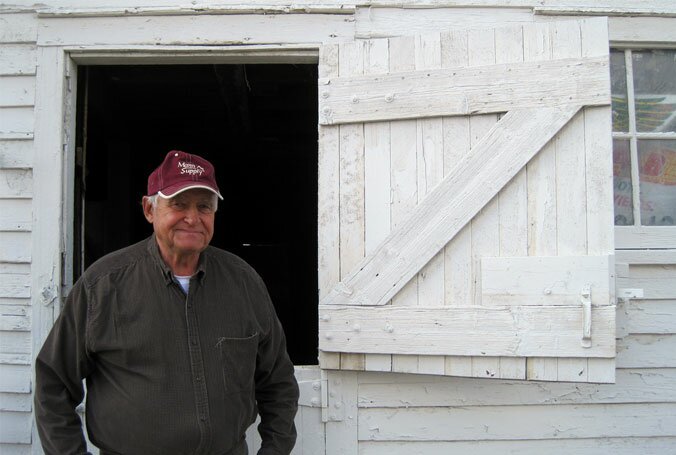Shifting Thresholds Update

I assume that you are all enjoying the recent blog posts about Stored Potential 2, the ElevATE dinner, and the madness of TRUG fabrication, but in the back of your minds you are all probably wondering what is going on with that Shifting Thresholds project?
You may know the project mostly through the beautiful aerial photographs taken by Alex MacLean last fall showing the rural/suburban edge of Sarpy County. No, these images are not Photoshopped, but they show a very real condition in Sarpy County of suburban developments built within the confines of former agricultural fields – regardless of natural systems that exist there. It seems obvious that development would happen in this way, but stop to think about it, and you realize that contemporary urban development is based on ownership increments established by the Land Ordinance of 1785 (later becoming the Public Land Survey System of 1851) and the distribution of Civil War Land Patents. Often referred to as the Jeffersonian Grid, this system was at the time a sophisticated solution to allot large amounts of public land to private citizens. Now, 150 years later, economic and familial circumstances have shifted land ownership and use, and is clearly reflected in the way our cities are growing on the periphery.
So, we have ventured out on this journey, a large one, or rather long one, to envision an alternative future for development in Sarpy County that takes advantage of the county’s assets of location, productive land, and growing community. Although we are taking a contextual approach, the potentials of this project are far reaching – as the majority of development over the past 50 years in the United States has happened in this way.
I have spent the last three years attending graduate school in Houston, Texas, a city that epitomizes expansive American suburban development; a city which has NO zoning code. Check out this interesting information graphic done by TimdeChant comparing the density of six major cities, including Houston. As much as I love dense 19th century cities such as New York City, Houston is a large petri-dish that exposes the contemporary condition of American cities; a condition that designers like to complain or theorize about, but seldom act upon. This is where ET comes in. Departing from most research done about these types of edge conditions, in addition to mapping, historical research, and analysis, we will be building an oral history of Sarpy County which includes a broad cross-section of perspectives from farmers, city officials, suburban dwellers, more.
If you or someone you know lives, farms, or is involved in the community of Sarpy County and would be interested in participating in an interview, please email me at [email protected], so we can add them to the list of potential interviews.
I am excited to be joining the team to continue work on Shifting Thresholds, a project that has enormous potential to shift perspectives about Sarpy County and rural/suburban edges across the nation. I hope that you will continue to support us in our quest to question the status quo and envision alternative possibilities for the Omaha Metro. I am off to the library.
